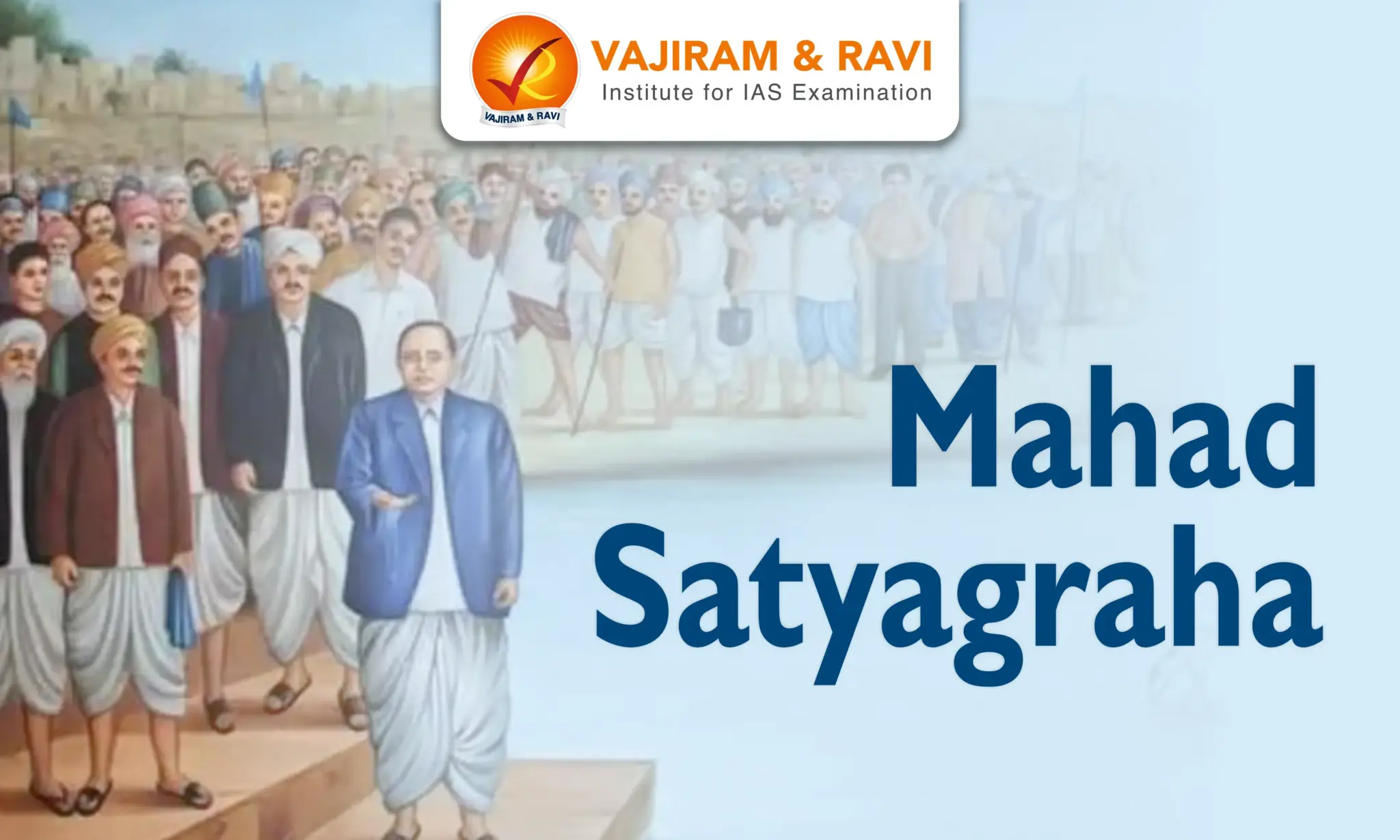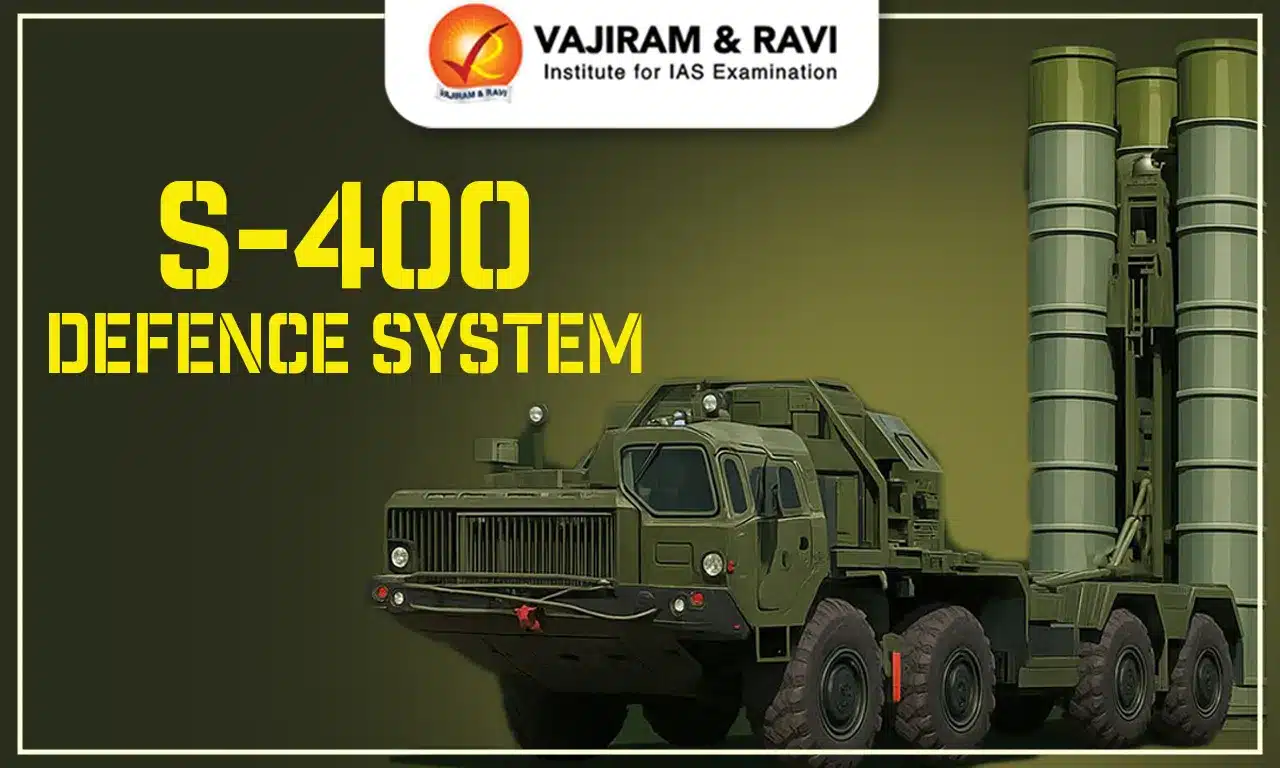Subrahmanyan Chandrasekhar, the nephew of the Nobel Prize-winning Indian physicist Sir CV Raman and one of the foremost scientists of the 20th century, was born on October 19, 1910, into a Tamil family in Lahore. The work of the Indian-American astrophysicist is remembered for his research in stellar evolution, particularly white dwarfs and black holes.
Subrahmanyan Chandrasekhar is best known for his celebrated discovery called “Chandrasekhar Limit”. His early research on the structure and evolution of stars played a significant role in winning the 1983 Nobel Prize in Physics, which he shared with William Fowler.
S. Chandrasekhar - Early Education, Life and Career
Subrahmanyan Chandrasekhar attended Presidency College, Madras, from 1925 to 1930, where he completed his UG in physics.
- He wrote his first scientific paper titled ‘The Compton Scattering and the New Statistics' when he was in his teens.
- Subrahmanyan Chandrasekhar contacted Ralph Fowler, an eminent astrophysicist, to forward his paper for publication in the prestigious Proceedings of the Royal Society, which was published in 1929.
- After his graduation, he was awarded a Government of India scholarship to pursue graduate studies at the University of Cambridge, England, where he finished his PhD under Professor Ralph Fowler.
- Chandrasekhar began working as a deputy professor at the University of Chicago when he was just 26 years old.
- At the age of 34, in 1944, he was chosen for membership in the Royal Society of London.
Subrahmanyan Chandrasekhar Contributions
During his lifetime, Chandrasekhar worked on a wide range of physics-related issues.
- Topics of study:
- Stellar structure and advancing our knowledge of white dwarfs,
- stellar dynamics and the theory of Brownian motions,
- radiative transfer, quantum theory of the hydrogen anion,
- hydrodynamic and hydromagnetic stability, turbulence,
- equilibrium and the stability of ellipsoidal figures of equilibrium,
- general relativity,
- mathematical theory of black holes and the theory of colliding gravitational waves.
- Work on stellar evolution:
- He updated Jan Oort and others' stellar dynamics models by taking into account how stars rotating around the galactic center are affected by the Milky Way's varying gravitational field.
- Twenty partial differential equations were used by him to solve this challenging dynamical problem, describing a brand-new concept he called "dynamical friction" that has the dual properties of slowing down the star and stabilizing star clusters.
- Chandrasekhar expanded on this analysis to include the interstellar medium, demonstrating how the distribution of galactic gas and dust clouds is incredibly asymmetrical.
Chandrasekhar Limit
- Subrahmanyan Chandrasekhar showed that there is a maximum mass of a star that can be supported against gravity by pressure made up of electrons and atomic nuclei.
- The value of this limit is about 1.4 times the solar mass.
- Chandrasekhar came up with this in 1930 while still a student.
- Understanding stellar evolution requires an understanding of the Chandrasekhar limit.
- A star would not develop into a white dwarf if its mass was higher than this limit. Under the tremendous pressure of gravitational pull, it would keep collapsing.
- Neutron stars and black holes were found as a result of the Chandrasekhar Limit's formulation.
- It may be noted that stars are stable; that is, they do not collapse because internal pressures (due to the thermal motion of the atomic nuclei and electrons and also the pressure of the radiation generated by nuclear reactions) balance gravity.
- Every star will eventually reach a point where nuclear reactions stop, at which point there won't be any internal pressure left to balance the gravitational pull.
- Depending on the mass, there are three possible final stages of a star a white dwarf, neutron star, and black hole.
Subrahmanyan Chandrasekhar Awards
- In 1966, the US government awarded him the National Medal of Science.
- He received the Padma Vibhushan from the Indian government in 1968.
- In 1983, Chandrasekhar shared the Nobel Prize in Physics with nuclear astrophysicist W.A. Fowler “for his theoretical studies of the physical processes of importance to the structure and evolution of the stars”.
- NASA’s premier X-ray observatory was also named the Chandra X-ray Observatory in his honour.
- Since its launch in 1999, the Chandra X-ray telescope has been actively collecting data.
- The 1958 Chandra asteroid was also given his name by the International Astronomical Union.
Last updated on December, 2025
→ Check out the latest UPSC Syllabus 2026 here.
→ Join Vajiram & Ravi’s Interview Guidance Programme for expert help to crack your final UPSC stage.
→ UPSC Mains Result 2025 is now out.
→ UPSC Notification 2026 is scheduled to be released on January 14, 2026.
→ UPSC Calendar 2026 is released on 15th May, 2025.
→ The UPSC Vacancy 2025 were released 1129, out of which 979 were for UPSC CSE and remaining 150 are for UPSC IFoS.
→ UPSC Prelims 2026 will be conducted on 24th May, 2026 & UPSC Mains 2026 will be conducted on 21st August 2026.
→ The UPSC Selection Process is of 3 stages-Prelims, Mains and Interview.
→ UPSC Result 2024 is released with latest UPSC Marksheet 2024. Check Now!
→ UPSC Prelims Result 2025 is out now for the CSE held on 25 May 2025.
→ UPSC Toppers List 2024 is released now. Shakti Dubey is UPSC AIR 1 2024 Topper.
→ UPSC Prelims Question Paper 2025 and Unofficial Prelims Answer Key 2025 are available now.
→ UPSC Mains Question Paper 2025 is out for Essay, GS 1, 2, 3 & GS 4.
→ UPSC Mains Indian Language Question Paper 2025 is now out.
→ UPSC Mains Optional Question Paper 2025 is now out.
→ Also check Best IAS Coaching in Delhi

















